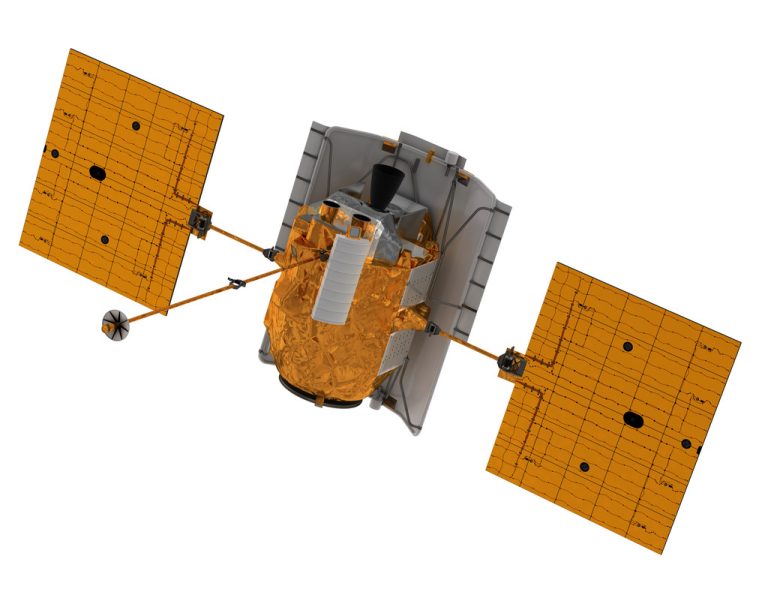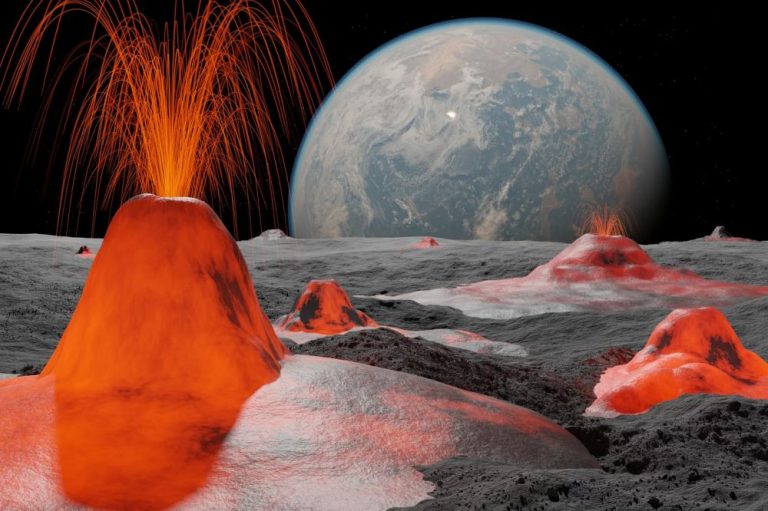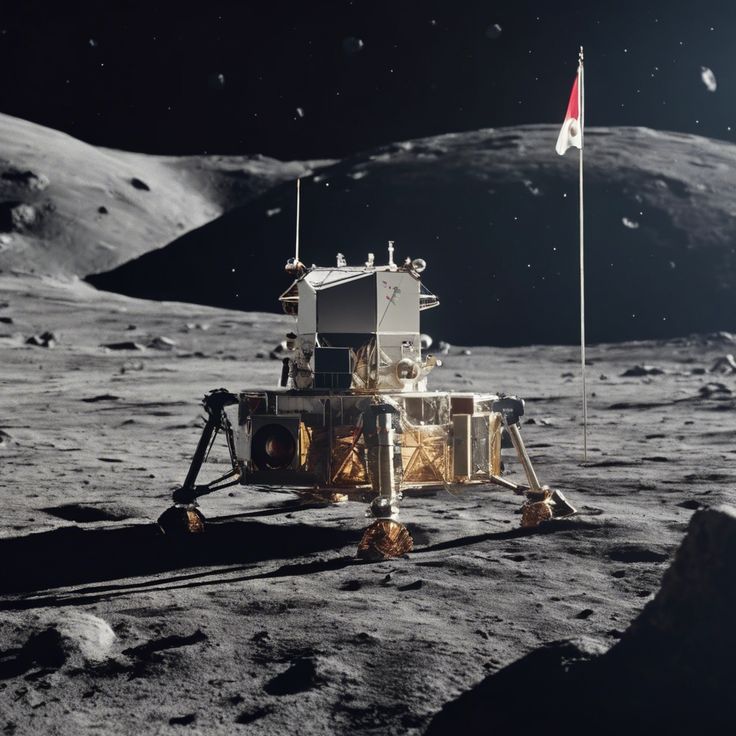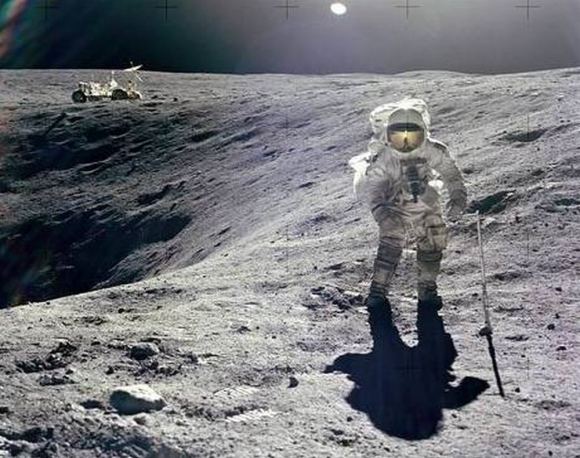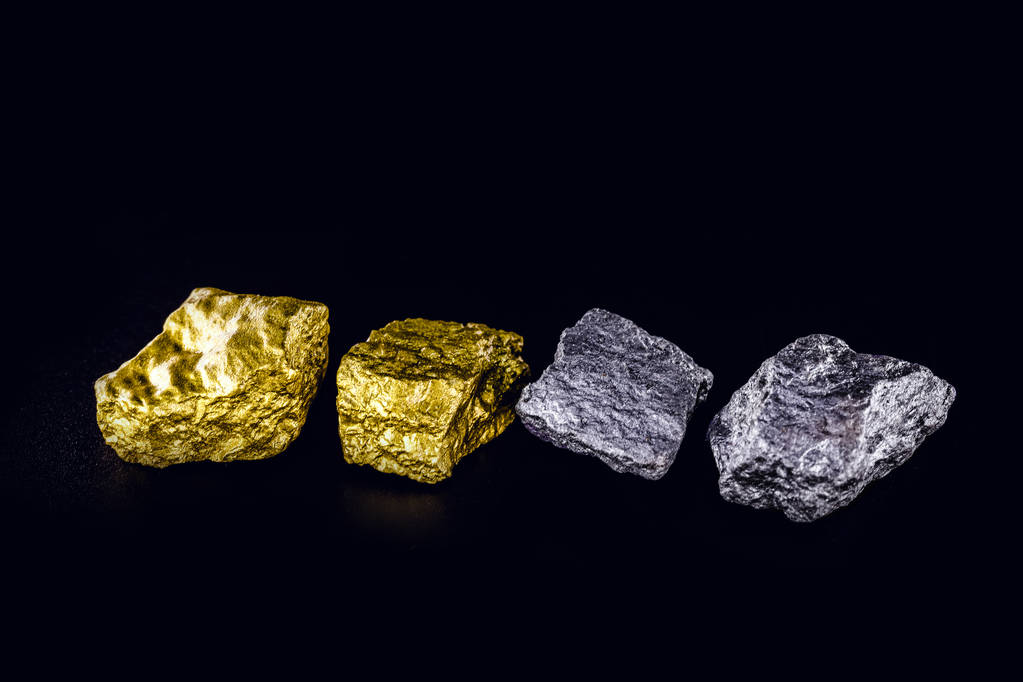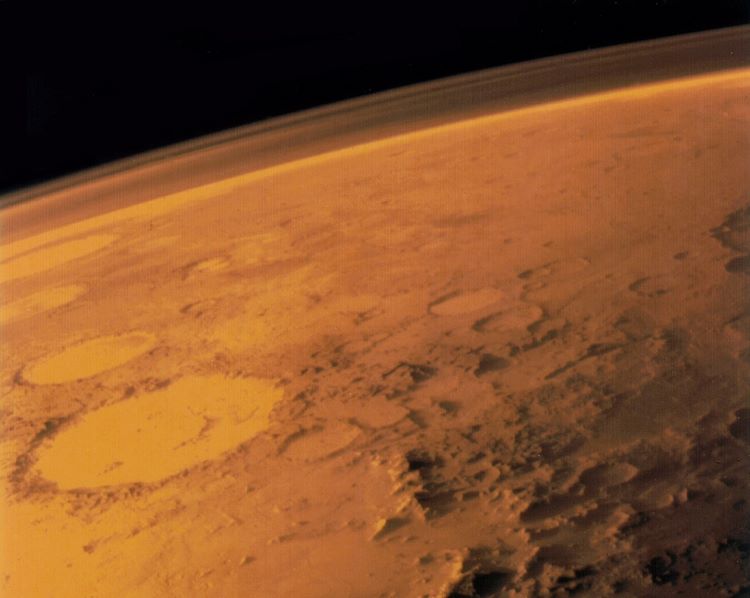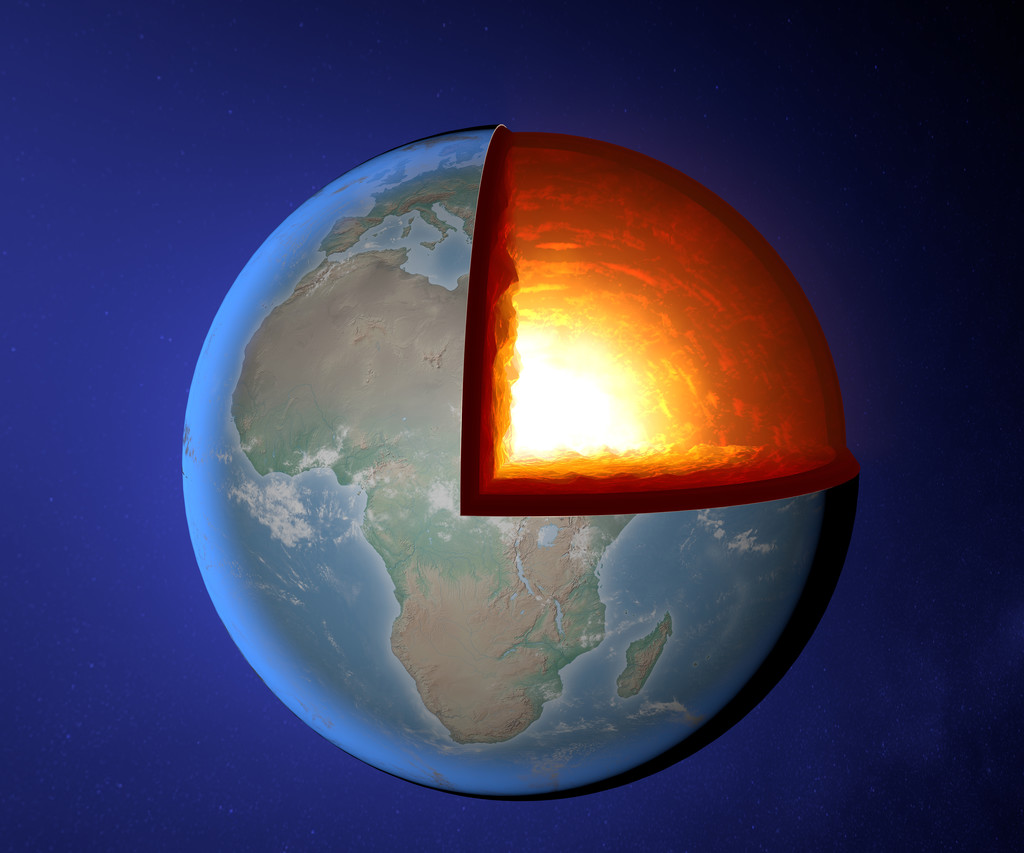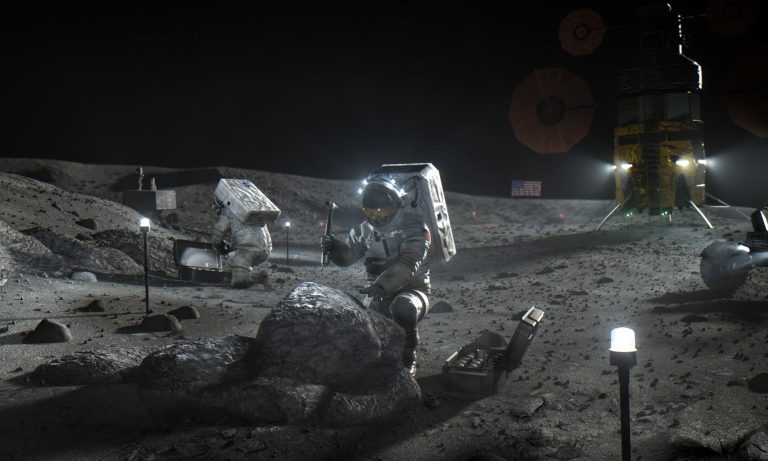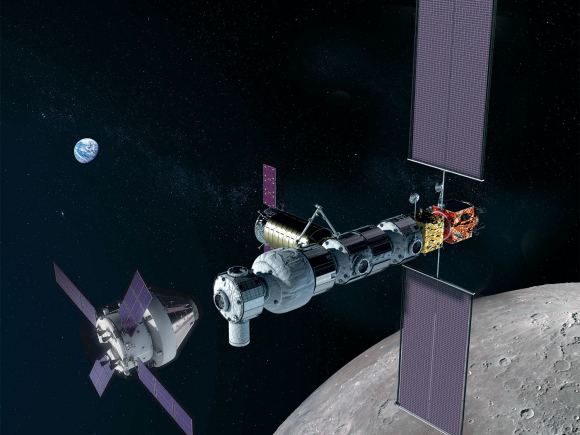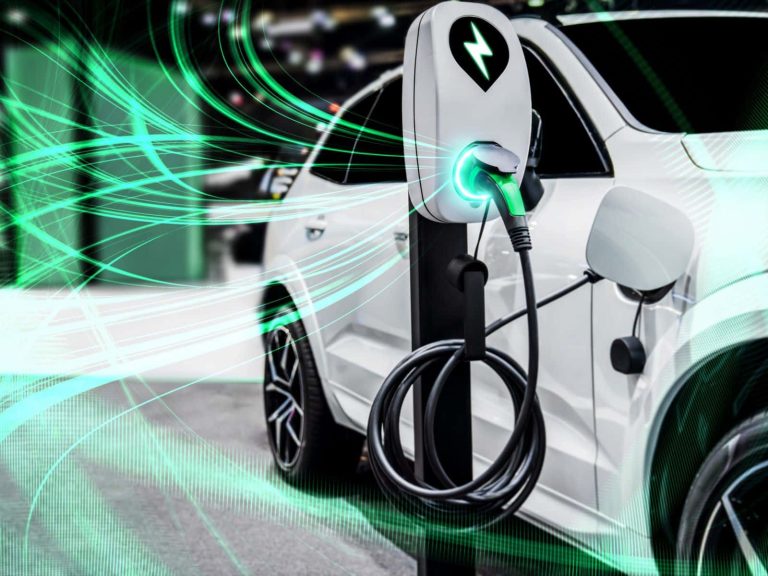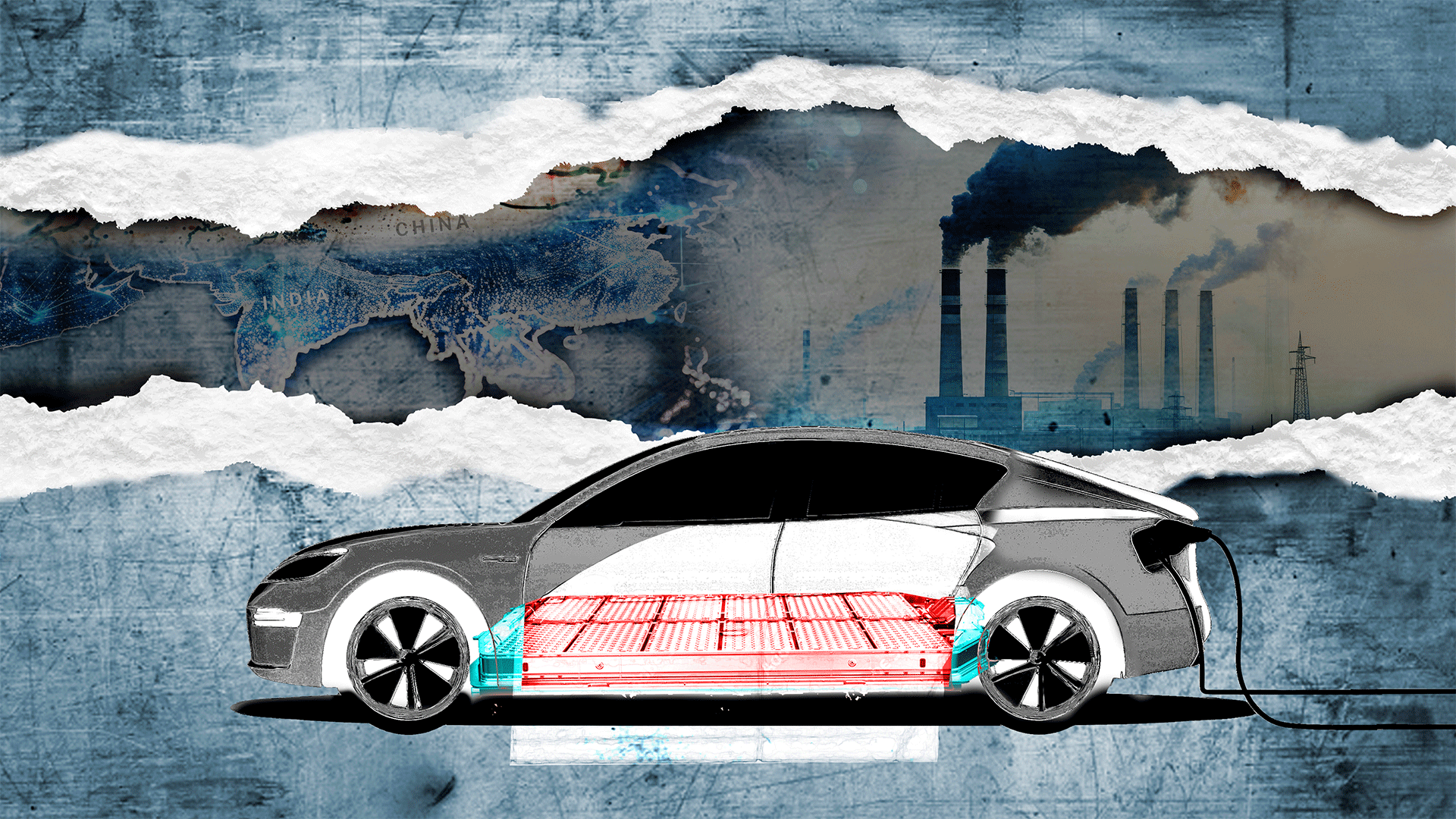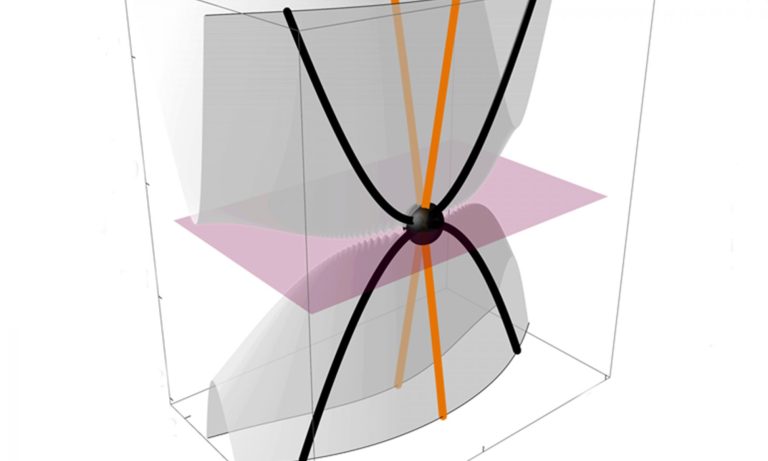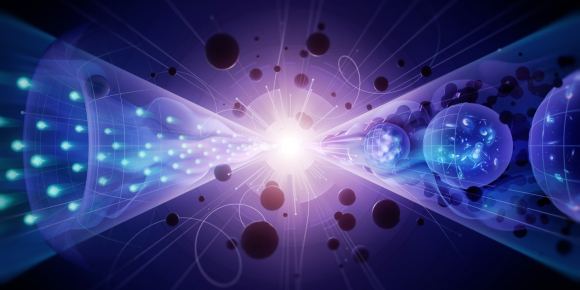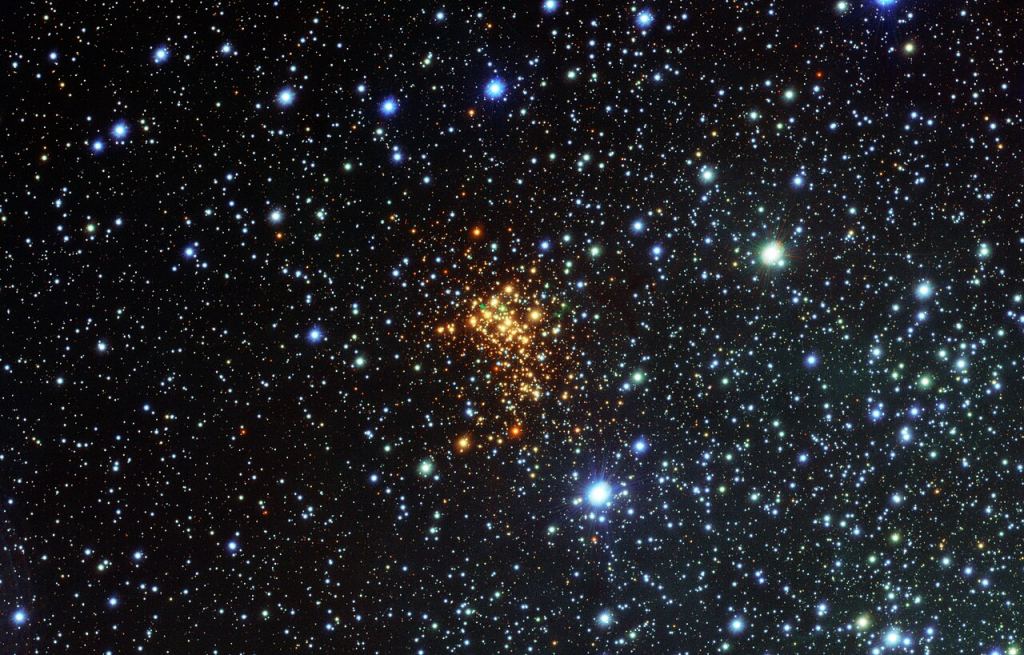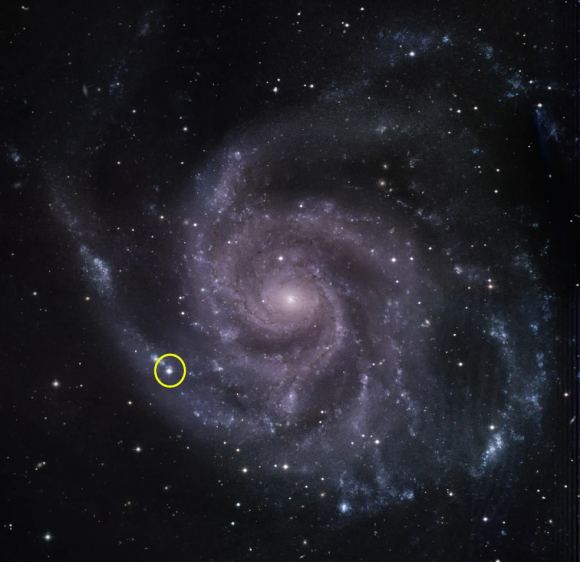Venus Missions: How Scientists Plan to Deploy and Talk to Leaves
Scientists are exploring innovative methods to study Venus’ hostile atmosphere through projects like LEAVES (Lofted Environmental and Atmospheric Venues Sensors). This futuristic technology employs small, cost-efficient sensors to collect atmospheric data while navigating Venus’ dense clouds. Complementary spacecraft designs ensure data transmission back to Earth, marking a potential breakthrough in understanding Venus’ mysteries.
Summary
- Venus’ harsh environment challenges conventional technology, making lightweight, innovative sensors like LEAVES essential for exploration.
- LEAVES technology is designed to operate from 100 km to 30 km altitudes, gathering crucial data on pressure, temperature, and atmospheric composition.
- These probes work autonomously without propulsion, gliding down while sending back data.
- WPI undergraduates proposed a complementary mission, using two satellites—Demeter and Persephone—to deploy and communicate with LEAVES.
- Demeter orbits Venus at 235 km altitude, deploying 144 probes along specific latitudes.
- Persephone, at 2000 km orbit, relays data from LEAVES to Earth.
- The distribution of LEAVES aims to analyze day-night differences in atmospheric chemistry, especially focusing on the sulfur dioxide cycle.
- Both spacecraft boast high Technology Readiness Levels (TRL-9) except for the LEAVES deployment system (TRL-1 to 2), which requires further testing.
- No concrete timeline exists yet, as LEAVES is in its developmental phase, supported by NIAC funding.
- This mission is a step toward unlocking Venus’ secrets, potentially inspiring future planetary exploration.
Read more about the WPI team’s research here.
Venus’ Unforgiving Atmosphere
Venus is renowned for its extreme surface conditions—scorching temperatures exceeding 450°C and an atmosphere filled with concentrated sulfuric acid. These factors create significant challenges for scientists aiming to explore the planet in-depth. Traditional spacecraft and instruments often fail to endure Venus’ harsh environment, driving researchers to seek more robust alternatives.
LEAVES, short for Lofted Environmental and Atmospheric Venues Sensors, was conceived as a potential solution. According to Universe Today, LEAVES represents an innovative approach to studying Venus’ atmosphere from 100 km to 30 km altitudes, where intriguing atmospheric phenomena occur.
These tiny probes, equipped with basic sensors, are capable of collecting valuable data such as:
- Local atmospheric pressure.
- Temperature fluctuations.
- Chemical composition, including the concentration of carbon monoxide.
- Orientation data, leveraging inertial measurement units similar to those found in drones.
How LEAVES Work
Unlike traditional spacecraft, LEAVES operate without propulsion systems. They glide autonomously through the atmosphere, relying on Venus’ winds for movement. Their low cost and disposable nature make them an ideal candidate for missions where resilience and affordability are key.
Although their operational lifespan is short, the data they provide could answer several critical questions, including:
- What compound absorbs near-ultraviolet light in Venus’ upper atmosphere?
- How does the sulfur dioxide cycle vary between the planet’s day and night sides?
For more details on the LEAVES project, watch this video by Cosmic Voyages.

Demeter and Persephone: The Dual-Satellite Solution
To enhance LEAVES’ efficiency, a team of undergraduates from Worcester Polytechnic Institute (WPI) developed a mission design involving two satellites: Demeter and Persephone.
Demeter’s Role
Demeter is tasked with deploying LEAVES into Venus’ atmosphere. Here’s how it works:
- Demeter orbits Venus at an altitude of 235 km.
- It carries 144 LEAVES, housed in 18 miniature compartments.
- Using small hydrazine-based rocket boosters, Demeter releases eight probes every 20° of latitude around the planet.
- The deployment pattern ensures coverage of both equatorial and polar regions.
At approximately 150 km altitude, each LEAVES probe deploys its glide form, descending through Venus’ atmosphere. By 100 km, the sensors begin transmitting data to Persephone.
Persephone’s Role
Persephone plays the vital role of a communication relay. Positioned at a higher 2000 km orbit, it collects weak signals from LEAVES and transmits them back to Earth. Its high-gain antenna and onboard storage system ensure the seamless transfer of atmospheric data.
For additional insights, explore Cosmic Voyages’ coverage of the mission.
Table 1: Satellite Specifications
| Feature | Demeter | Persephone |
|---|---|---|
| Orbit Altitude | 235 km | 2000 km |
| Function | Deploy LEAVES probes | Relay data to Earth |
| Payload | 144 LEAVES (8 per housing) | High-gain antenna, hard drive |
| Technology Level | TRL-9 (except LEAVES tubes) | TRL-9 |
Challenges and Innovations
While most components boast high Technology Readiness Levels (TRL-9), the LEAVES deployment system remains at TRL-1 to 2. This means significant testing and development are needed before the system is mission-ready.
Key challenges include:
- Deployment Mechanism: Ensuring precise ejection of LEAVES at specified intervals.
- Atmospheric Resistance: Designing probes capable of withstanding high winds and pressure changes.
- Communication Reliability: Ensuring stable data transmission between LEAVES, Persephone, and Earth.
Still, the potential scientific rewards justify these efforts. “Exploration begins with imagination, and LEAVES embodies the spirit of innovation,” notes a member of the WPI research team.
Table 2: LEAVES’ Atmospheric Data Collection Goals
| Parameter | Purpose |
|---|---|
| Pressure | Understand atmospheric dynamics |
| Temperature | Analyze thermal variations across altitudes |
| Chemical Composition | Detect key compounds like sulfur dioxide |
| Orientation | Study probe movement patterns in winds |
LEAVES remains a concept under development, supported by NASA’s NIAC (NASA Innovative Advanced Concepts) funding. While no launch date has been set, the increasing interest in Venus exploration makes this mission a likely candidate for future planetary studies.
Recent studies suggest Venus may hold clues about climate evolution, atmospheric chemistry, and even the potential for life. Projects like LEAVES, complemented by innovative satellite designs, bring us closer to understanding our enigmatic planetary neighbor.
For further reading, check out:
Facts About Venus
- Venus rotates in the opposite direction to most planets, meaning the Sun rises in the west and sets in the east.
- The planet’s surface is so hot that it can melt lead.
- Despite its hostile conditions, some scientists theorize microbial life could exist in Venus’ upper atmosphere.

